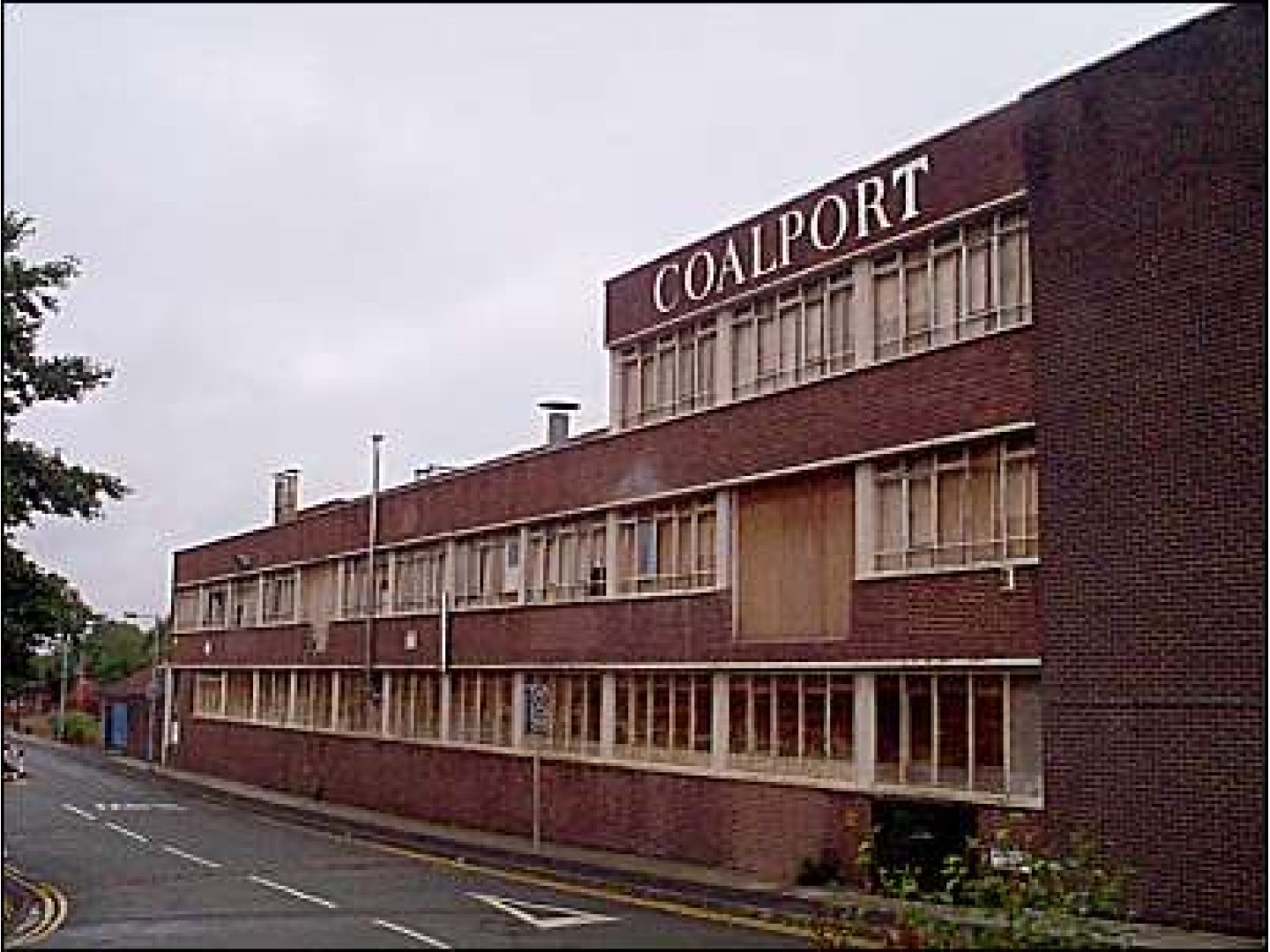Introduction
Coalport China is an English pottery with a long history. Quality and craftsmanship have been the hallmarks of Coalport China since the mid-eighteenth century, when the company was founded. They have earned Coalport China a distinguished reputation.
History
Coalport China takes its name from a small village in Shropshire, England, located on the River Severn. The village of Coalport was founded in the late 18th century around a canal hub used for transporting coal. It is today part of the town of Telford. It was home of the Coalport China works from 1796 to 1926 and since 1976 has housed the Coalport China Museum at the site of the original factory.
The history of Coalport China dates back to 1750 when Squire Edward Browne of Caughley Hall, near Broseley, Shropshire began producing wares using clay and coal from his estate. On his death in 1753 his nephew, Ambrose Gallimore, continued the business and was joined in 1772 by Thomas Turner, an eminent engraver and apprentice of Robert Hancock at the Worcester factory of Dr. Wall.
Operating under the name Caughley China, Gallimore achieved much success, producing the opaque stone china that Browne had begun. The introduction of Turner, however, was arguably the most significant event in the history of the firm. Almost immediately, Turner began the construction of new premises near Bridgnorth, which were completed in 1775. This new facility allowed for the production of higher quality wares and Caughley’s first porcelain wares. Turner has been credited as first to use decorative transfer printing and the first to produce the famous willow pattern in English pottery.
In the late 1770’s, Turner visited France to study and observe continental methods. He induced several French artists and craftsmen to return with him, to work alongside his talented English artists. In the latter group was a pupil of Turner’s named John Rose. John Rose is the key link between Caughley and Coalport. He left Caughley in 1793, aged 21, and established his own porcelain manufactory at Jackfield, in partnership with Edward Blakeway, a local businessman. This was moved to the village of Coalport a few years later.
In 1799, Turner retired from Caughley and the firm was sold to John Rose, whose Coalport manufactory was flourishing. However, by 1803, the company of Blakeway and Rose was declared bankrupt and purchased by Cuthbert Johnson and William Clark, with John Rose remaining as a partner. There is speculation that the 1800 establishment of a rival manufacturing firm by John’s younger brother Thomas Rose, along with partners Reynolds and Horton, just across the river from John’s factory, may have led to the decline. However, it was a difficult time for the ceramic industry in general.
In 1814 Thomas Rose sold his works to John. This led to consolidation of all the interests into a single manageable factory at Coalport and led to the closure of the Caughley factory at the expiration of its lease in 1816.
In 1820 John Rose received the Royal Society of Arts gold medal for a new felspar china with leadless glaze, a discovery which was a major life-saver as well as a fillip to business. Also in this year, Rose bought out the potteries of Nantgarw and Swansea, in South Wales. These works were transferred wholesale to Coalport, including their notorious founders, William Billingsley and his son-in-law Samuel Walker, previously of Worcester. Billingsley and Walker had little commercial success but had developed a porcelain paste during their time at Royal Worcester of superior quality, producing a fine, translucent product. These events put the Coalport works on a par with the greatest potteries of their age.
William Billingsley died in 1828 and Walker also left at this point to start a successful pottery business in America.
John Rose continued to run the operation until his death in 1841. At this time, surviving partners Charles Maddison and William Pugh continued to run the business with the aid of John’s younger brother and prior rival Thomas Rose and John’s nephew William Frederick Rose. They continued to have successes, earning a commission from Queen Victoria for a dessert service to be presented to Tsar Nicolas I of Russia and commissions from several other wealthy and distinguished patrons. Thomas Rose died only 2 years after his older brother and left the two Williams to manage the company.
William Frederick Rose retired in 1862, leaving Pugh as the sole proprietor. The company suffered a steady decline in success and popularity throughout the period of Pugh’s management with much of the focus was on imitating the china of Sevres and other manufacturers. Upon the death of William Pugh in 1875, the factory had substantial debts and was taken into receivership the following year.
The company was finally purchased by Peter Schuyler Bruff of Ipswich in 1881. Bruff was a civil engineer with no knowledge of the technical side of the business but believed strongly that the company could become more successful with the right management and direction and purchased the business conditional on the receiver, a skilled potter by the name of Thomas Gelson, staying on as the General Manager. Gelson did a lot to return the factory to profitability and operational efficiency but seemed to lack the motivational skills and flair needed to take the company to the next level. It was not until several years later that the company had a major boost with the introduction of Bruff’s son, Charles.
In 1889, just returned home from Indian Army service, Charles Bruff took control of the business. Charles had the imagination, enthusiasm and business acumen to see the possibilities and achieve results. Charles Bruff launched the private limited liability Coalport China Company, as Managing Director.
Under the management of Charles Bruff, there were no more imitations of the work or style of other factories. He employed the most talented artists and craftsmen he could find and began to revive old Coalport designs and to introduce new patterns of originality, and for the first time employed an art director, Thomas Bott. Under the guidance of Bruff and Bott, the company expanded and regained its former status as one of England’s premier porcelain manufacturers.
Peter Bruff died in 1900, leaving Charles and his brother-in-law, A. N. Garrett as Directors. By this stage the company had made a successful recovery. It continued its success through the early twentieth century but hit a slump following the Great War (WWI) and the subsequent depression. Facing financial losses, periods of striking workers, wage cuts and related problems, the company was finally saved, in 1925, through an acquisition by the Cauldon Potteries Ltd.
In 1926 Coalport moved production from Shropshire to the Potteries district of Staffordshire. After several changes of ownership Coalport China became part of the Wedgwood group in 1967, where it continues to flourish to this day, with a major focus on figurines and reproductions of some of the original Coalport patterns.
©2007 Woolvey LLC


